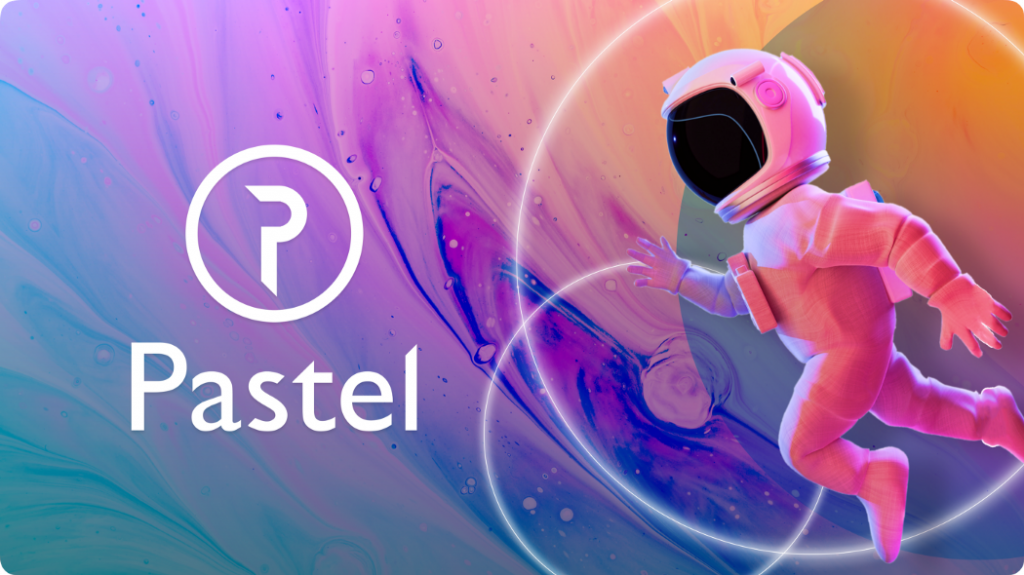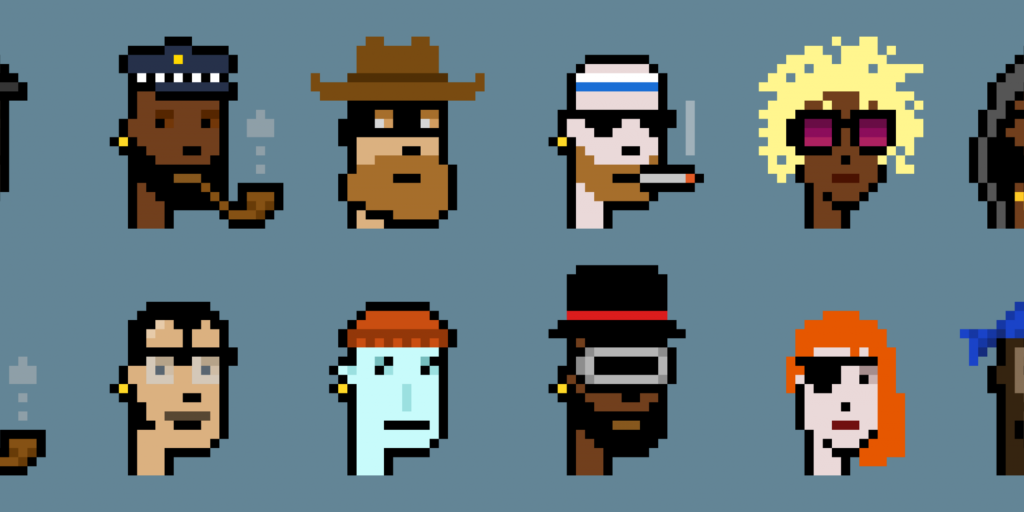Pastel Network Announces Listing Cooperation with KuCoin
We are excited to announce the cooperation of Pastel Network with KuCoin, one of the world’s largest digital asset exchanges. Through this cooperation, KuCoin will provide the offering and trading of Pastel’s native utility token, PSL, on the KuCoin Exchange as well as a Staking Program (described below). The listing will take place on April 28, 2022 at 8:00 UTC. KuCoin + PSL Trading Page …
Pastel Network Announces Listing Cooperation with KuCoin Read More »



